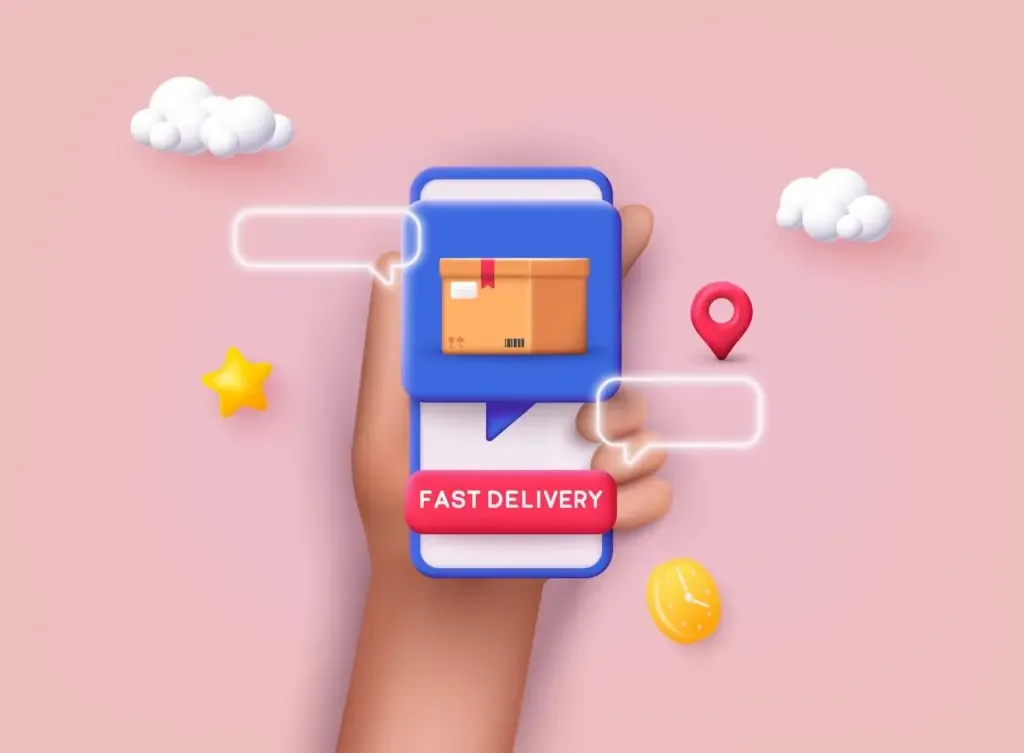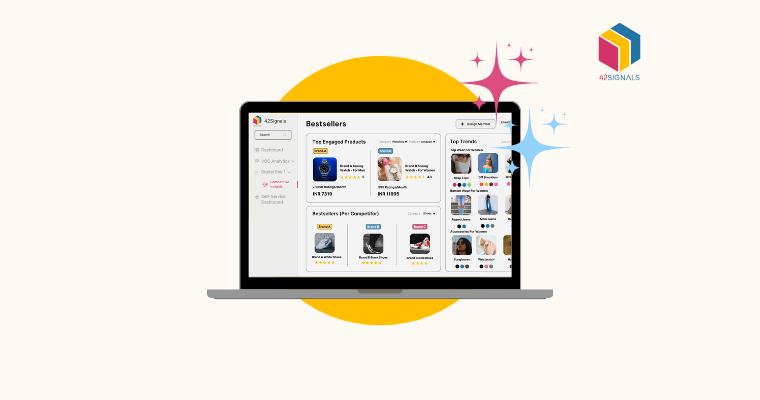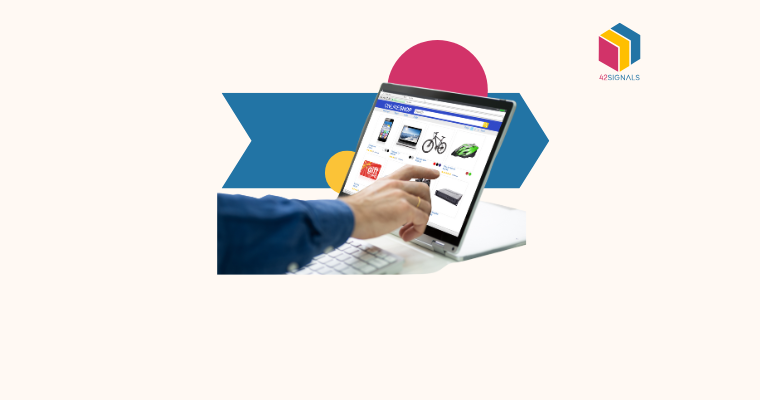What is Quick Commerce?
Quick commerce or q-commerce is an e-commerce platform that focuses solely on quick deliveries. This means an order is usually delivered within 15-30 minutes or less than an hour.
With customer behavior slowly shifting towards quick shopping and instant deliveries, quick commerce has risen in popularity in big cities.
Let’s see how different strategies can contribute to higher customer satisfaction.
Strategies to Improve Customer Satisfaction in Quick Commerce
- Streamlined Checkout Process: A long and complicated checkout process can be a major turnoff for customers. Simplify your checkout process by reducing the number of steps required to complete a purchase. Offer options like one-click checkout, guest checkout, and mobile payment methods to make the process as seamless as possible.
- Clear Product Information: Providing clear and concise product information can help customers make informed purchasing decisions. Include high-quality product images, detailed descriptions, and specifications to help customers understand what they’re buying. This will reduce the likelihood of misunderstandings and disappointments.
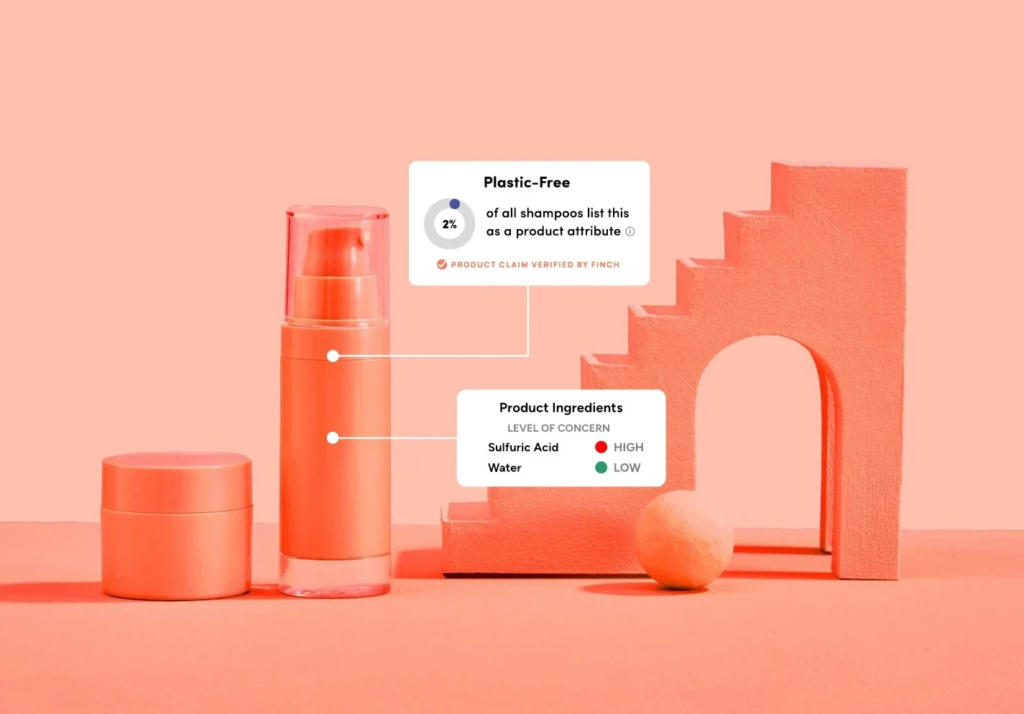
Image Source: Finch
A customer looking to buy a product would significantly benefit from detailed information on the item, looking at an example of a skincare product, having scientifically rigorous product information can help the buyer understand the ingredients not only at a summary level but also knowing its impact on the skin can be tremendously helpful.
- User-Friendly App Design: A well-designed app can go a long way in ensuring customer satisfaction. Use clear navigation menus, intuitive search functions, and prominently displayed calls-to-action to guide customers through your app.
- Personalized Recommendations: Personalization can help build strong relationships with customers and increase sales. Use data analytics to track customer behavior and offer personalized recommendations based on their preferences and purchase history. This shows that you value their business and are willing to tailor your services to meet their individual needs.

Image Source: Shopify
- Easy Escalation Process: In quick commerce, products can differ once they have arrived. Once the person receives the order, if the items are defective or missing, escalating the issue and providing immediate resolution changes the negative experience to a positive one.
- Social Media Engagement: Respond promptly to customer inquiries and comments on social media platforms. This demonstrates that you value their feedback and care about their concerns. Use social media to engage with customers, share updates, and promote special offers to foster brand loyalty.
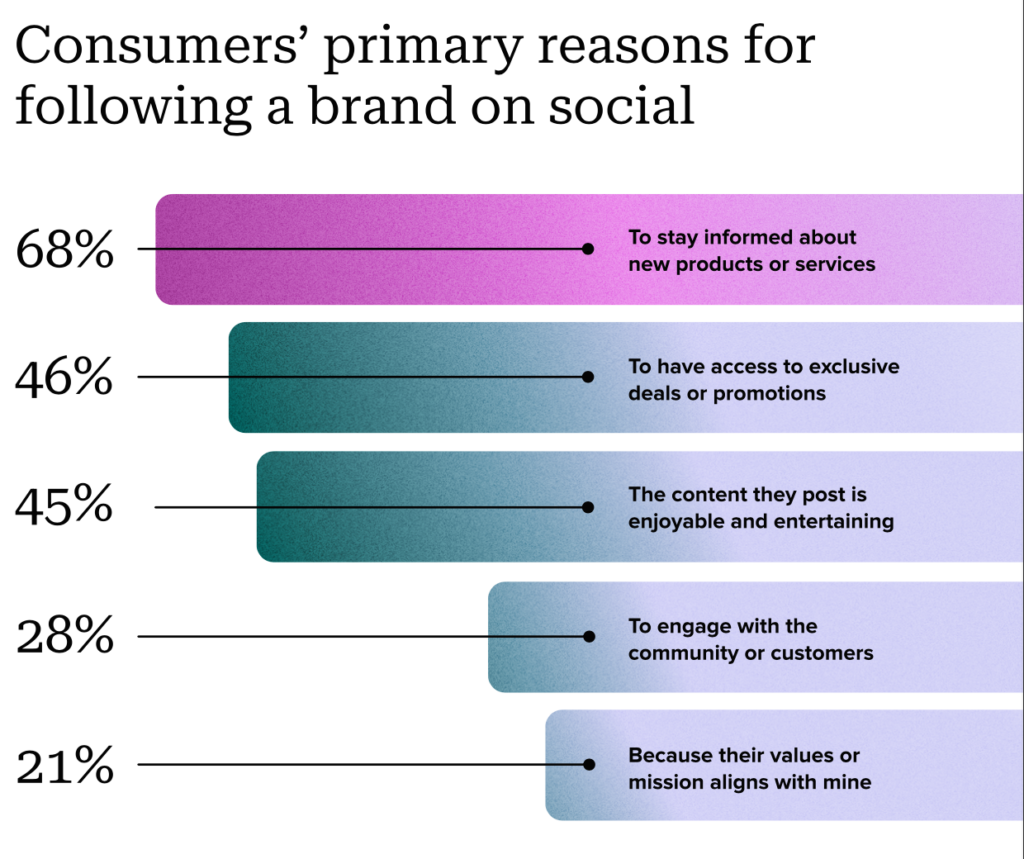
Image Source: LinkedIn
For example, if a user tweets a brand asking for advice on which type of coffee maker to buy, the brand’s prompt response to the tweet suggesting a few models that fit the user’s budget and preferences can make the user into a customer. As you can see 28% of people follow a brand to engage with the community.
- Email Newsletters: Send regular newsletters to subscribers with exclusive deals, discounts, and new product announcements. Personalize your emails by using the recipient’s name and tailoring the content based on their interests and purchase history.
- Customer Loyalty Programs: Implement a customer loyalty program that rewards repeat customers for their purchases. Offer points, discounts, or freebies to incentivize customers to keep coming back to your store. This encourages customer loyalty and increases the chances of positive word-of-mouth marketing.
Quick commerce is booming worldwide. A fun and positive shopping experience on quick commerce applications can change customer behavior making them loyal shoppers.
E-commerce insights on product availability and understanding what items are selling faster can help avoid stockouts and improve customer experience.
If you would like to know more about e-commerce analytics, schedule a demo with us today.
Frequently Asked Questions
What is a quick commerce channel?
A quick commerce channel refers to a type of e-commerce model that focuses on delivering products to customers in the shortest time possible, often within minutes or hours.
This is achieved through the use of advanced technology such as artificial intelligence and machine learning for inventory management, order processing, and real-time tracking.
Additionally, these channels typically have a network of local fulfillment centers or dark stores located close to high population density areas, which enables faster delivery times compared to traditional e-commerce models.
Quick commerce channels cater primarily to essential items like groceries, household supplies, personal care products, and meals from restaurants. The goal of these channels is to provide convenience and instant gratification to consumers who want their orders fulfilled quickly and efficiently without having to leave their homes or offices.
What is the difference between Q-commerce and ecommerce?
E-commerce (Electronic Commerce):
Definition: E-commerce refers to the buying and selling of goods or services over the Internet. It encompasses a wide range of online transactions, including retail sales, digital downloads, subscriptions, and more.
Channels: E-commerce operates primarily through websites, mobile apps, and online marketplaces.
Examples: Online retail stores like Amazon, eBay, and Shopify fall under the e-commerce umbrella.
Payment Methods: E-commerce platforms accept various payment methods, such as credit cards, digital wallets, and bank transfers.
Delivery: Products are typically shipped to the customer’s address.
Business Models: B2C (Business-to-Consumer), B2B (Business-to-Business), and C2C (Consumer-to-Consumer) models are common in e-commerce.
Q-commerce (Quick Commerce):
Definition: Q-commerce is an evolution of e-commerce that focuses on ultra-fast delivery of goods. It aims to provide near-instantaneous delivery, often within minutes.
Speed: Q-commerce platforms prioritize speed and convenience. They leverage local micro-fulfillment centers and couriers to achieve rapid delivery.
Product Range: Q-commerce typically offers a limited selection of essential items, such as groceries, pharmaceuticals, and convenience goods.
Examples: Grocery delivery services like Instacart, food delivery platforms like Uber Eats, and on-demand convenience stores fall into the Q-commerce category.
Business Model: Q-commerce relies on hyper-local logistics and real-time inventory management.
Customer Expectations: Customers expect lightning-fast delivery, often within an hour or less.
